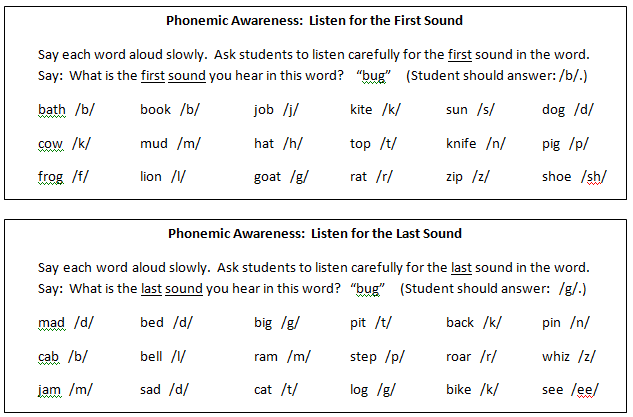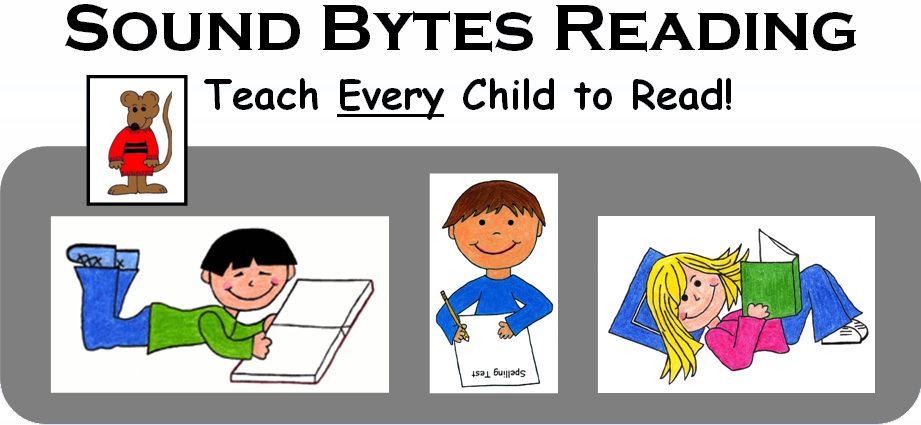Phonemic Awareness Exercises
Last week we talked about phonemic awareness. This week I am providing a few examples so you can begin to “play” with the sounds in words with your students. Once you have done this a time or two, you will be able to continue doing it without using a chart to guide you. You only need to spend a few minutes a day with this type of activity. No need to set aside formal time to do this—use the time while students are waiting in line to practice phonemic awareness and keep their minds active and learning.
These phonemic awareness exercises are the kind we use for beginning readers, but they should also be used to help struggling readers—children who are above first grade and are having difficulty with reading. Struggling readers often do not have strong phonemic awareness, but this is something that is relatively easy to teach them. If your students have never done this before, you may need to model it by telling them the answer a few times, so that they understand what you are asking them to do.
Phonemic awareness exercises helps students learn to listen carefully for the sounds in words, and it helps them learn to identify whether a particular sound occurs at the beginning, at the end, or in the middle of a word. Students who have strong phonemic awareness will be better readers and will usually have stronger spelling skills. A little time spent in learning to be aware of the sounds in words, and the correct placement of those sounds, will prove to be very worthwhile for all students.
Note: When you see a letter between two slash marks like this, /-/, you will say the letter-sound, not the letter name.

